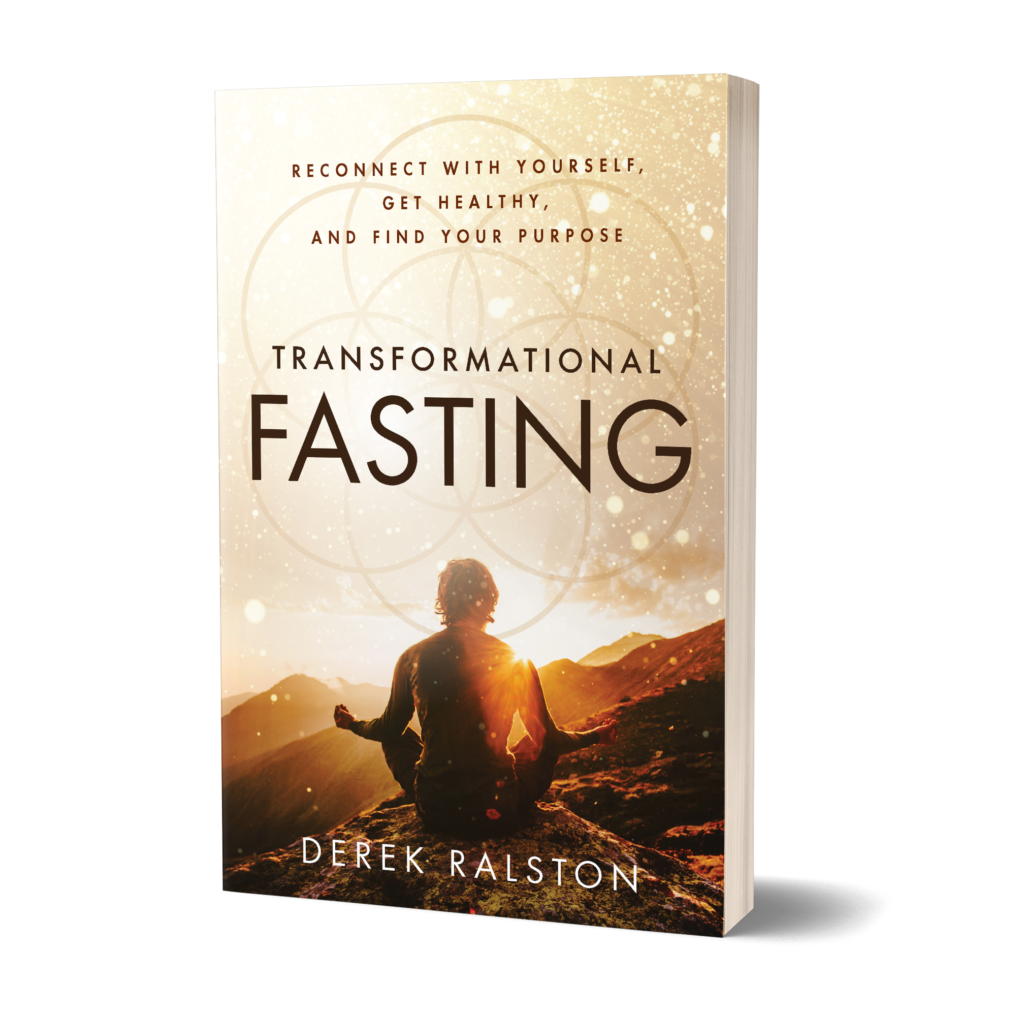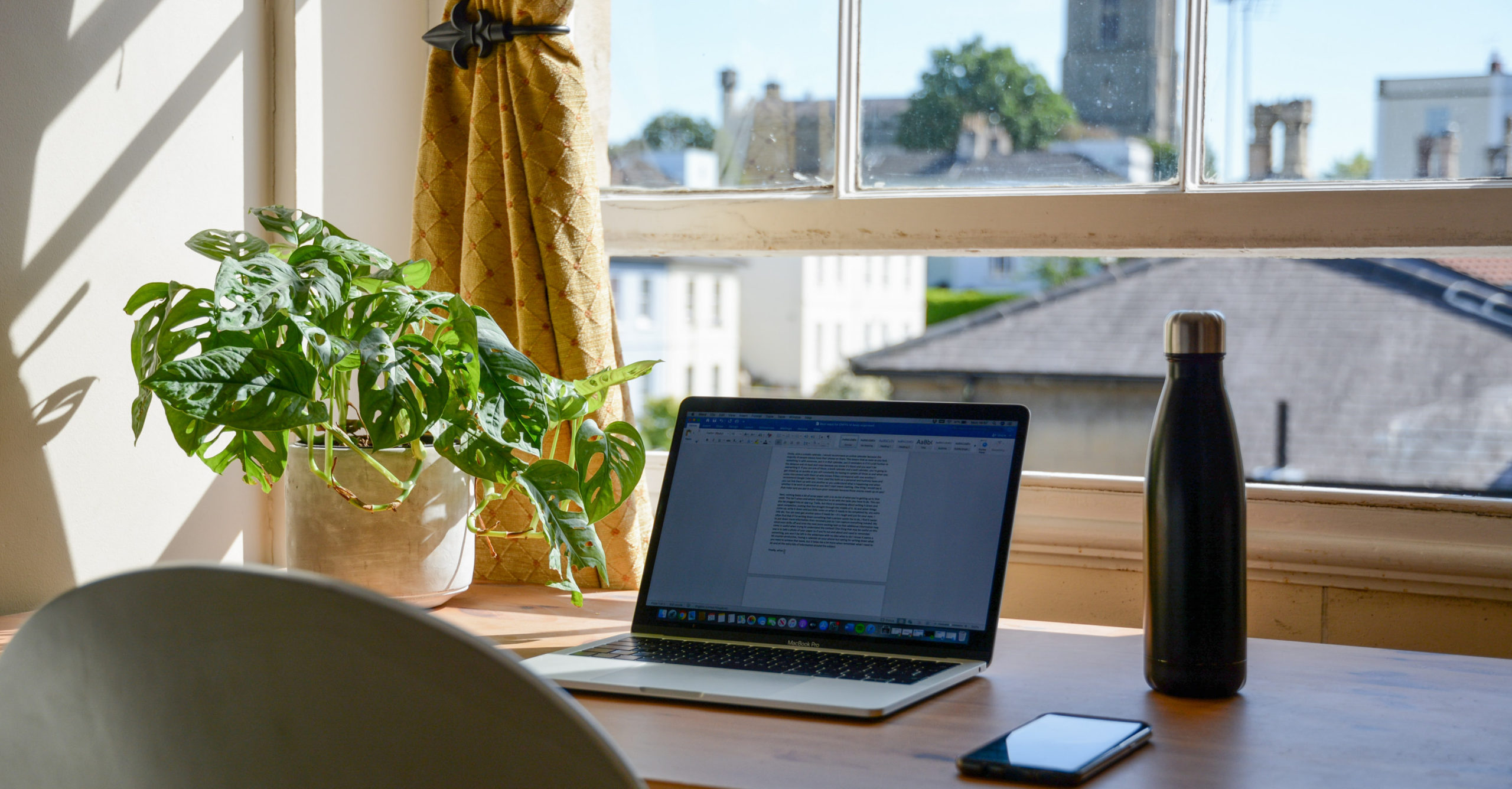Intermittent fasting is popular for a reason—it works. Not only does it work, but it’s easy to incorporate into your daily work routine. One of the easiest ways to do it is by skipping breakfast. You start your day without eating, and instead, enjoy your favorite noncaloric beverage. Let’s say you finished dinner at 7:00 p.m. the night before, and didn’t break your fast until 1:00 p.m. the next day for lunch—you just completed an 18-hour fast.
Intermittent fasting options
Intermittent fasting involves cycling between a period of fasting and a period of eating. Here are the most common ways to do it:
Sixteen-hour fasts involve fasting from dinnertime to lunch. For example, you fast from 8:00 p.m. to 12:00 p.m. the next day. This gives you an eight-hour eating window from 12:00 p.m. to 8:00 p.m. This is easy enough to accomplish by simply skipping breakfast. You sleep through most of the fast, and many people aren’t even hungry at breakfast time, so it’s fairly easy to make this a habit and stick with it.
Twenty-hour fasts, popularized in The Warrior Diet by Ori Hofmekler, involve eating all meals in a four-hour window each evening, which results in a 20-hour fasting period. This diet draws inspiration from the Spartans and Romans, who consumed little during the day and feasted at night.
Twenty-four-hour fasts, also known as One Meal a Day (OMAD), involve fasting from dinner to dinner. This means finishing your last meal by 8:00 pm and not eating again until dinner the next evening. Because you are fasting for a longer window of time, there are more potential benefits to be reaped with this type of fast. For example, the body has more time to switch over to ketosis during a 24-hour fast, which means more fat burning as well as disease prevention.
Based on intermittent fasting research, 16-hour fasts can be performed daily. Twenty-hour fasts and 24-hour fasts can be effective tools; but due to health concerns like chronic calorie restriction, GI issues and diarrhea, and inadequate protein intake, it’s recommended that you do them one to three times per week on nonconsecutive days.
My intermittent fasting routine
I skip breakfast each day, which means I only have two meals on those days. Once or twice a week, I skip both breakfast and lunch, giving myself a 24-hour fast. I make an effort to plan my 24-hour fasts on less meeting-heavy days. While fasting, I make sure to drink plenty of water. I also start the day with a cup of matcha, and then switch to genmaicha or hojicha green tea. Since matcha and green tea are noncaloric beverages, they don’t break a fast. To learn more about which noncaloric beverages won’t break a fast, check out my blog post on the topic.
Benefits of fasting while working
Intermittent fasting is a great way to give your body a break from digesting food, and there are a multitude of health benefits to doing this regularly. These benefits include cellular repair, positive hormonal changes, weight loss, brain health, and heart health. Not to mention, fasting increases longevity and helps prevent diseases such as cancer, Type 2 diabetes, and Alzheimer’s disease.
When you start fasting while working, you might notice that you have an ability to focus like never before. It’s also convenient, as you have less meals to plan each day, and less time spent eating those meals. Of course, regardless of whether or not you are eating, it’s always a good idea to incorporate regular breaks into your workday.
While fasting, I find that I’m more easily able to get into the zone, whether a task requires deep thinking, communicating, or mindful listening in a meeting. This makes sense from an evolutionary perspective. If you were a hungry hunter-gatherer, stronger cognitive function would help you find your next meal. Not only can I focus better, but when I break my fast, I have a deeper appreciation and enjoyment of food. Maybe, on some level, the body likes having to work for its meal. And let’s face it, when you only eat when you’re hungry, the flavors pop in a way that’s not the same as when you’re satiated.
Things to look out for
Here are some things I wish I would’ve known when I started fasting during the workday:
- Fasting is like weight lifting. Start slow, for example by skipping breakfast one day per week. This way, the body has time to adapt.
- Fasting can raise the body’s cortisol levels. If you have a particularly busy or stressful day, or didn’t sleep well the night before, you might consider not fasting, or doing a shorter fast.
- It’s important to stay hydrated while fasting, so drink plenty of water.
Additionally, be kind to yourself. If you ever feel like you need to break your fast early, for whatever reason, do it, guilt-free. Any effort you make towards improving your health is one worth celebrating.
Want 10x the transformational benefits of intermittent fasting?

If you already have experience with intermittent fasting, and are looking for a deeper personal transformation, I’ve written a book that can help. My new book, Transformational Fasting: Reconnect with Yourself, Get Healthy, and Find Your Purpose, launches on January 1st, 2022. Download your free sample chapters today.
Credits
- Thank you to Joanna Chan for providing valuable feedback on this post during editing.
- Photo by Mikey Harris on Unsplash
Accelerate Your Personal Growth

Join my newsletter for more tips and bonus material.

